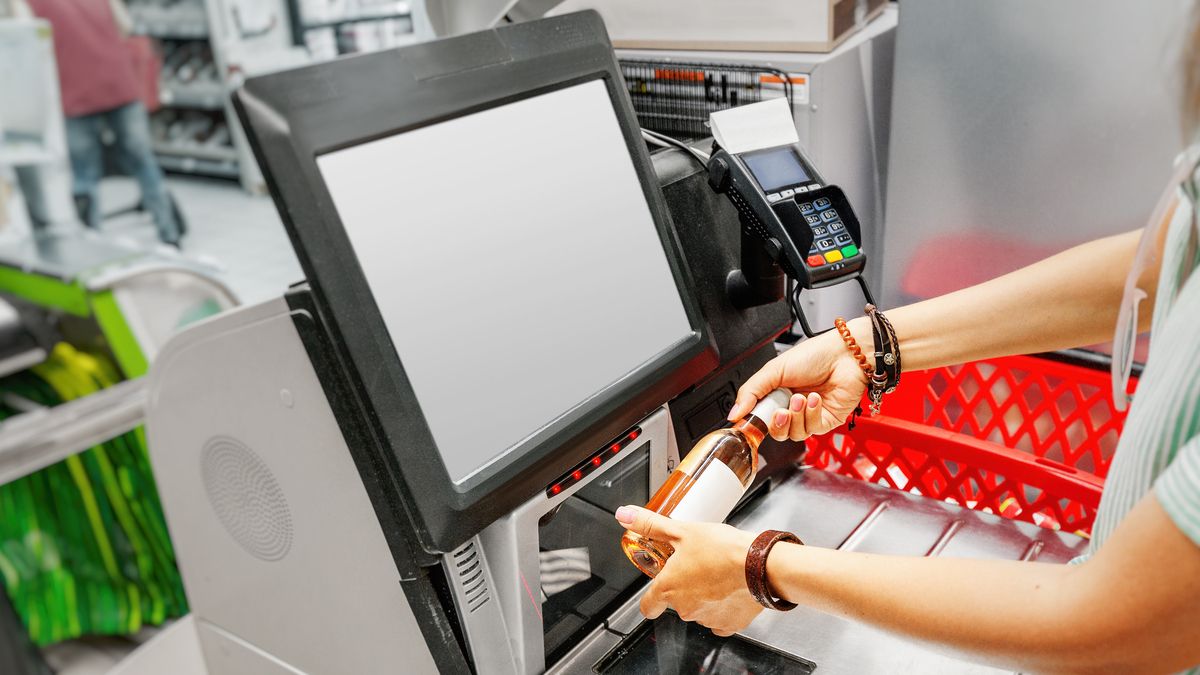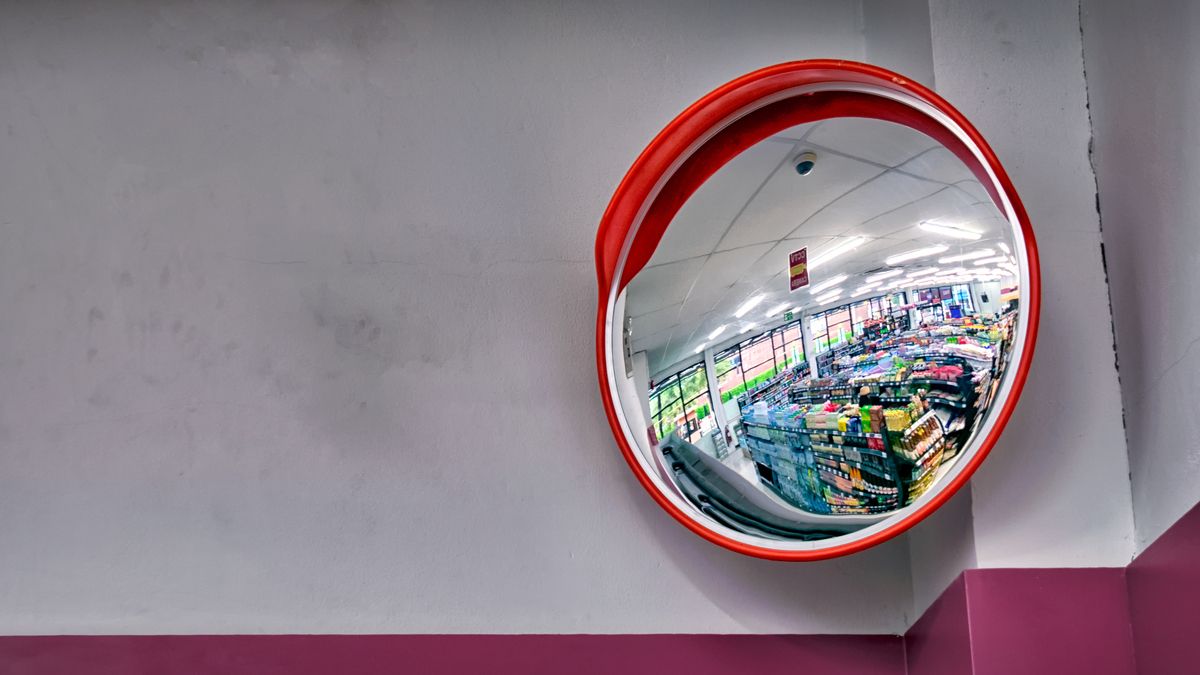It's always a bit humiliating when you're the guy at the self-checkout whose screen freezes up and starts flashing, prompting the attendant to come over and free you like you're the kid whose bumper car broke.
"May I please be allowed to keep paying for my groceries," you're essentially asking, and the clerk responds "Okay," so you can continue doing their job for them.
Is This Thing On?
We're well over 20 or so years into the grand self-checkout experiment, and the results are a bit mixed, with customers developing a love-hate relationship. Stores have, too. In recent years, chains like Costco and Albertsons pulled their self-checkouts and then brought them back. Big Y did the same. It all must be pretty confusing for the robot cashiers.
Everyone is beyond familiar with the occasional hiccups. You bring your groceries to the self-checkout lane under the assumption of quickly checking out and avoiding small talk, and the opposite occurs.
The scanner doesn't recognize an item or it recognizes an item too much and scans it seven times. It tells you to put the item in the bag like the serial killer in Silence of the Lambs. Then it insists there are unpurchased items there.
"You calling me a liar?" you want to respond.
At this point, your self-checkout has a nervous breakdown and starts flashing like a slot machine, but you certainly didn't win anything. You flag down the lifeguard and stand there helpless while Jeopardy thinking music plays for longer than it would have taken to go through the human checkout.
Because other machines are having breakdowns, too. The attendant soon looks you over, checks your bags like airport security, and lets you go on your merry way. OK, OK, it's not all that bad.
You Going to Pay for That?
Of course, one of the elephants in the room here is theft because you could probably walk an elephant through a self-checkout lane without paying for it. Not even the "Unexpected item in the bagging area" alert would stop it.
Numerous grocery stores continue to endure significant losses due to shoplifting at self-checkouts. Practitioners have all sorts of devious tricks: Ringing up a steak as cheap produce (actually known as "the banana trick"), placing cheap bar codes on more expensive items, or just scanning things and walking out without paying altogether. Don't you even think about doing any of that, young man.
But the losses are not only the result of theft, apparently many of us are just bad at checking out. Customer error accounts for losses as well (of course they blame us), with people entering the wrong codes or not weighing something properly. Perhaps the store could have some kind of human employee scanning the groceries instead.
This is all part of the reason that many self-checkouts now feature a camera two feet away from your face, reflecting your visage back. The Bellagio is more subtle with its security. And yet, ironically, this feature may inadvertently help preserve human checkouts where there are no security screens breathing on you.
Many customers don't appreciate the accusatory approach. Some (me) just don't want to see the expression on my face when I'm buying whiskey and Red Vines after work. I was mostly fine with self-checkouts -- glitches and all -- until the cameras showed up. Do I still reluctantly use them when I just have a few items? Of course.
Here to Stay
Still, even with errors and theft and customer frustrations, don't think for a second that self-checkouts are going anywhere. Labor costs and the chance to have customers do extra work are ensuring they're here to stay.
The glitches will be worked out over time and many stores are using the opportunity to take the Amazon Go approach and move from self-checkouts to no checkouts, which are clearly problem-free.
So the key question is this: You're at a grocery store, and the self-checkout line is longer than the human lines, but moving faster. What do you do? You order pizza and go home, that's what.


